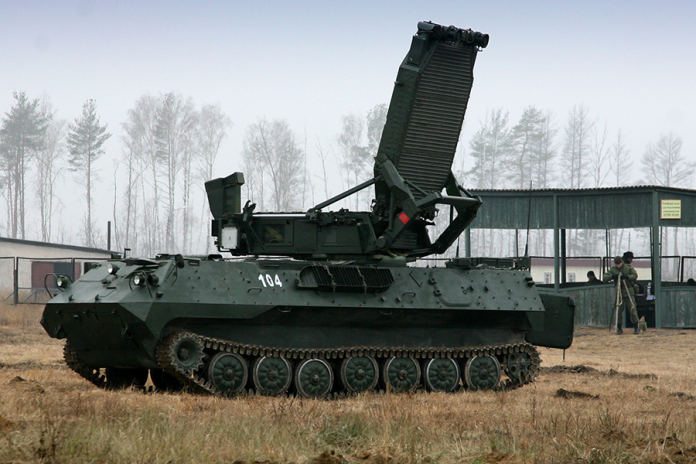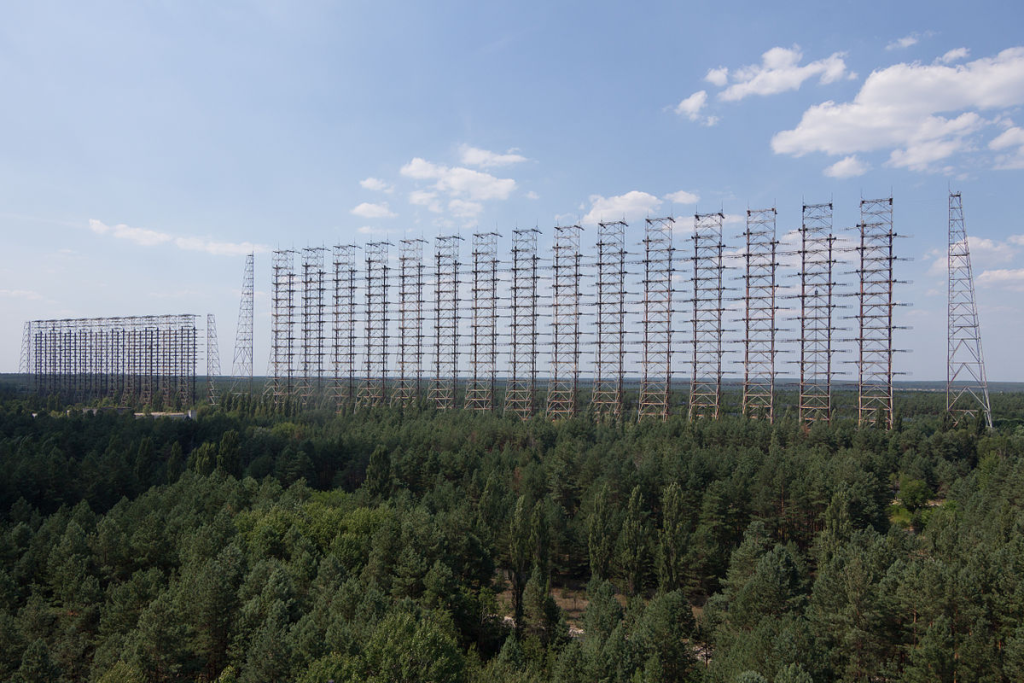
It was promoted as one of Russia’s most sophisticated eyes on the battlefield a $250 million counter-battery radar designed to detect enemy fire before it hit. Hours after first use in Ukraine, it vanished. The 1K148 Yastreb-AV’s rapid destruction early in 2024 was more than a humiliating loss; it revealed the increasing weakness of high-worth military equipment in a war characterized by precision strikes, drones, and tireless counter-battery battles.
The episode highlighted a larger truth about the Russia‑Ukraine war: whoever can see, shoot, and improvise quickest has the upper hand. From the attrition of Moscow’s Zoopark radar fleet to the improvisation of improvised defenses, the conflict has been a proving ground for modern artillery reconnaissance and for the systems that are meant to pursue it.
This list examines the most revealing events and lessons from Russia’s Ukrainian radar war, uncovering not only battlefield setbacks but also the changing dynamics of technology, tactics, and strategy.
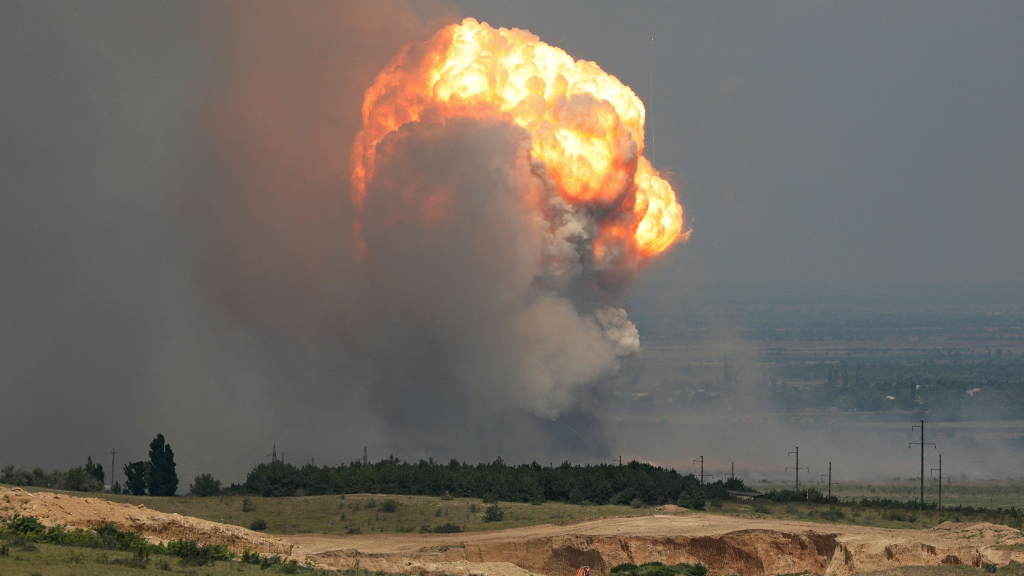
1. The Yastreb-AV’s Short and Expensive Premiere
On January 2, 2024, Russia’s Defense Ministry revealed that the 1K148 Yastreb‑AV was being sent to Ukraine, hailed as a quantum leap in counter‑battery system capability. Riding on an 8×8 BAZ‑6910 vehicle, the system was intended to scan for rockets, missiles, and artillery fire and retaliate quickly. Within a few hours, however, Ukrainian troops identified and destroyed it, reportedly using a U.S.‑provided HIMARS launcher.
The Ukrainian Defense Ministry posted video of the radar in a field prior to any explosion. Although the footage did not guarantee complete destruction, independent analysts declared the loss a catastrophic financial and strategic blow for Moscow. Army Recognition placed the cost at $250 million, an enormous price for a system which failed to make it out of its first day of fighting.
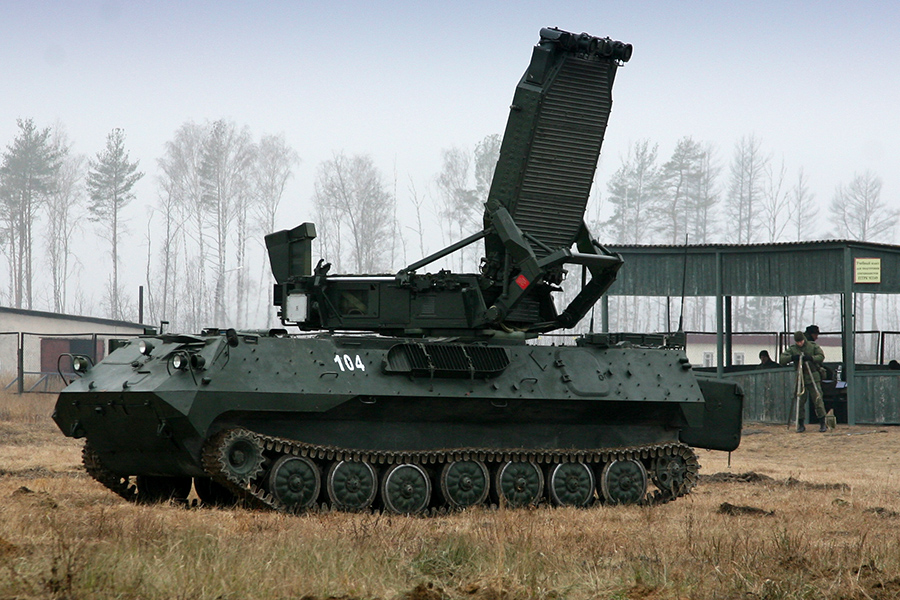
2. Zoopark Radars Come Under Intense Fire
The Yastreb‑AV’s destiny followed that of its predecessors. Russia’s Zoopark‑1 and Zoopark‑1M radar systems crucial to detecting enemy artillery have been relentlessly pursued. At least 23 Zoopark units have been destroyed or impaired since 2022, with some having been captured whole by Ukrainian troops, reported OSINT project Oryx.
These systems, with the ability to track 155 mm howitzers to 23 km, tend to be at or near the front, exposing them to drones and precision rockets. Ukrainian forces have targeted them with GMLRS rounds from HIMARS and M270 launchers, and long-range FPV drones, on deployment or when they left cover.
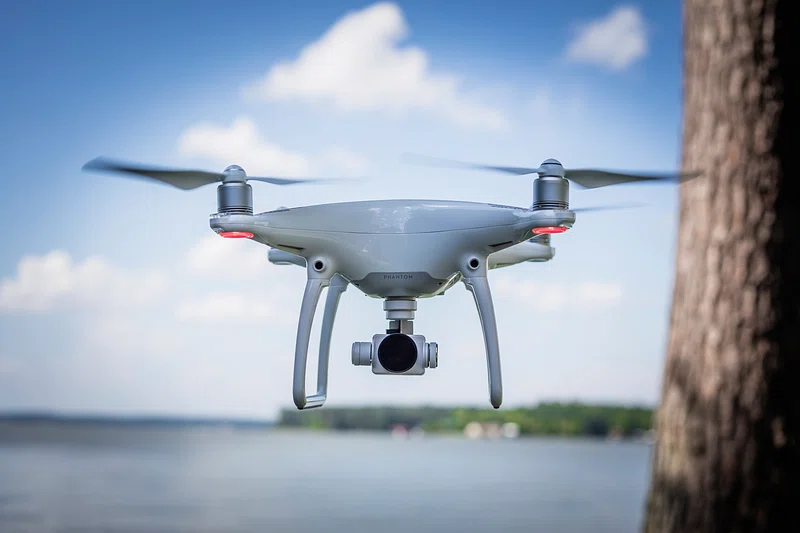
3. How Ukraine Finds the Unfindable
Russian counter-battery radars are supposed to find, not be found. And yet Ukrainian troops have time and again identified them. Experts like Forbes’s David Axe have speculated that tools like the Yastreb-AV might broadcast unique phased-array radar signals, giving away their locations.
In some instances, Ukrainian spy drones from commercial quadcopters to UAVs of military grade have monitored radar deployments, occasionally following them from concealment to deployment. This coordination of air surveillance with artillery strike guidance has emerged as a signature of Ukraine’s success in counter‑battery tactics.
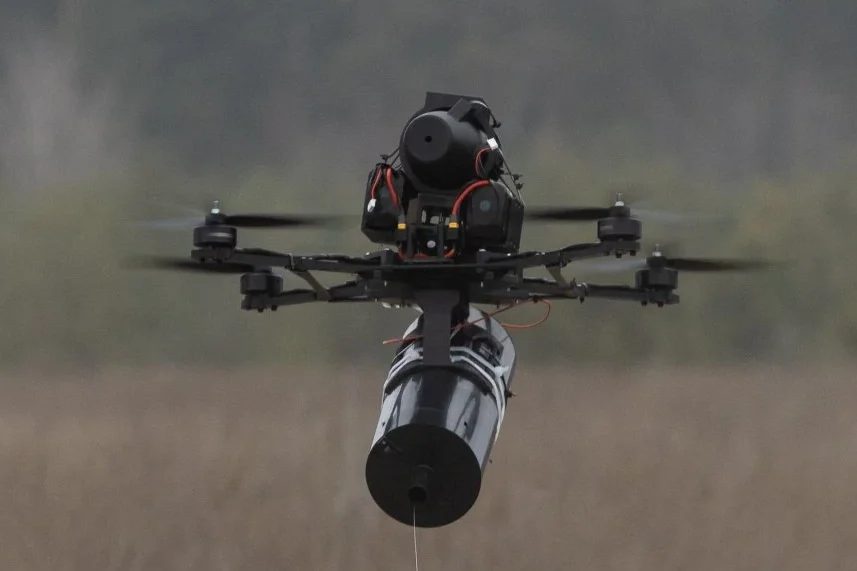
4. Improvisation Defenses, Limited Protection
As they suffered losses, Russian crews started equipping Zoopark‑1Ms with makeshift defenses rubber mats, metal gratings, and cage‑like structures to deflect FPV drones. Video studied by Defense Express indicated these efforts provided more of a psychological relief than actual protection.
The upgrades demonstrate the ferocity of Ukraine’s drone war on high‑value targets. They also indicate a battlefield where even sophisticated radar systems need to fight off threats from weapons that cost pennies on the dollar.
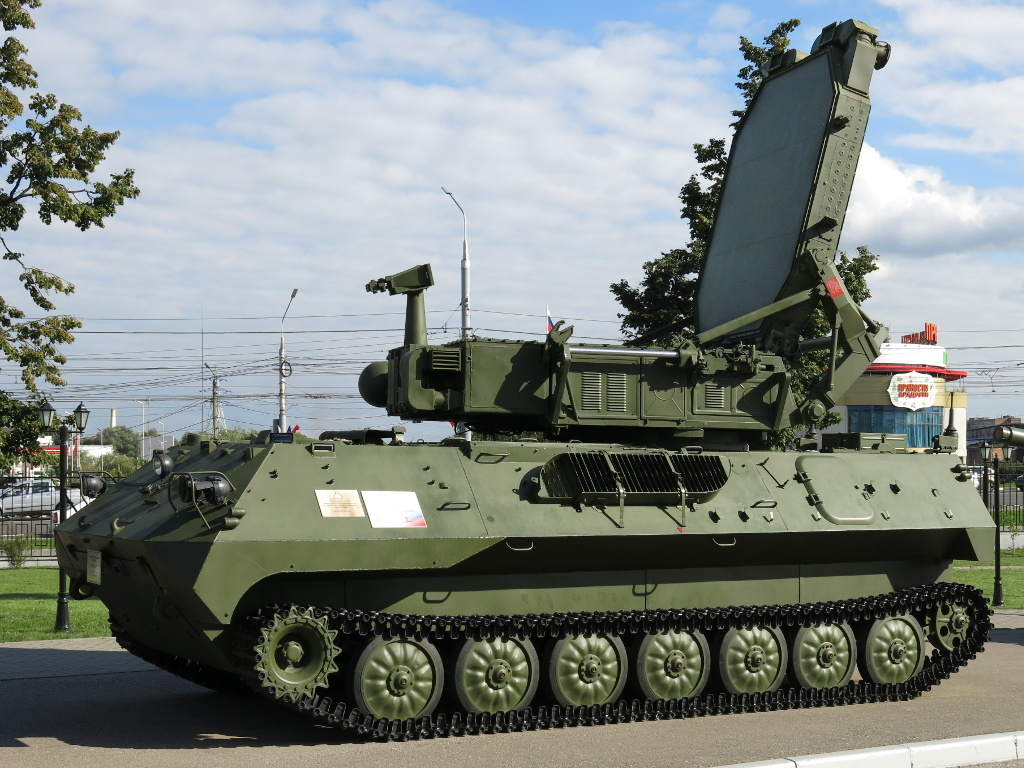
5. The Economics of Destruction
The asymmetry of costs in these fights is dramatic. In one reported incident, Ukraine’s Defence Intelligence reported it blew up a Zoopark‑1 worth approximately $24 million with four FPV drones that cost around $2,700 in total a 1:10,000 cost ratio. This pattern reflects a larger one in the conflict, in which low-cost, precision-guided drones have killed tanks, air defences, and radars that cost millions.
Such economics benefit the attacker, compelling Russia to either incur growing losses or shunt resources in order to safeguard systems that are becoming increasingly difficult to defend.
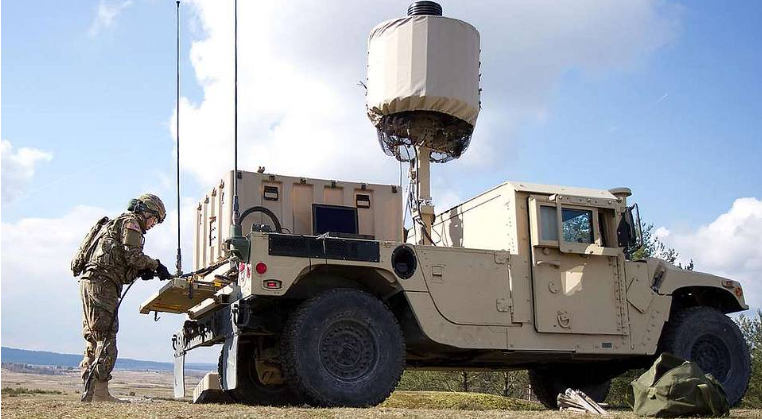
6. Strategic Impacts of Radar Losses
Counter-battery radars are not merely tactical weapons; they are force multipliers. As Axe wrote, “The side with the most responsive artillery and drones wins.” To lose a radar such as the Yastreb-AV or Zoopark undermines Russia’s potential to target Ukrainian guns, giving the artillery battle favor to Kyiv.
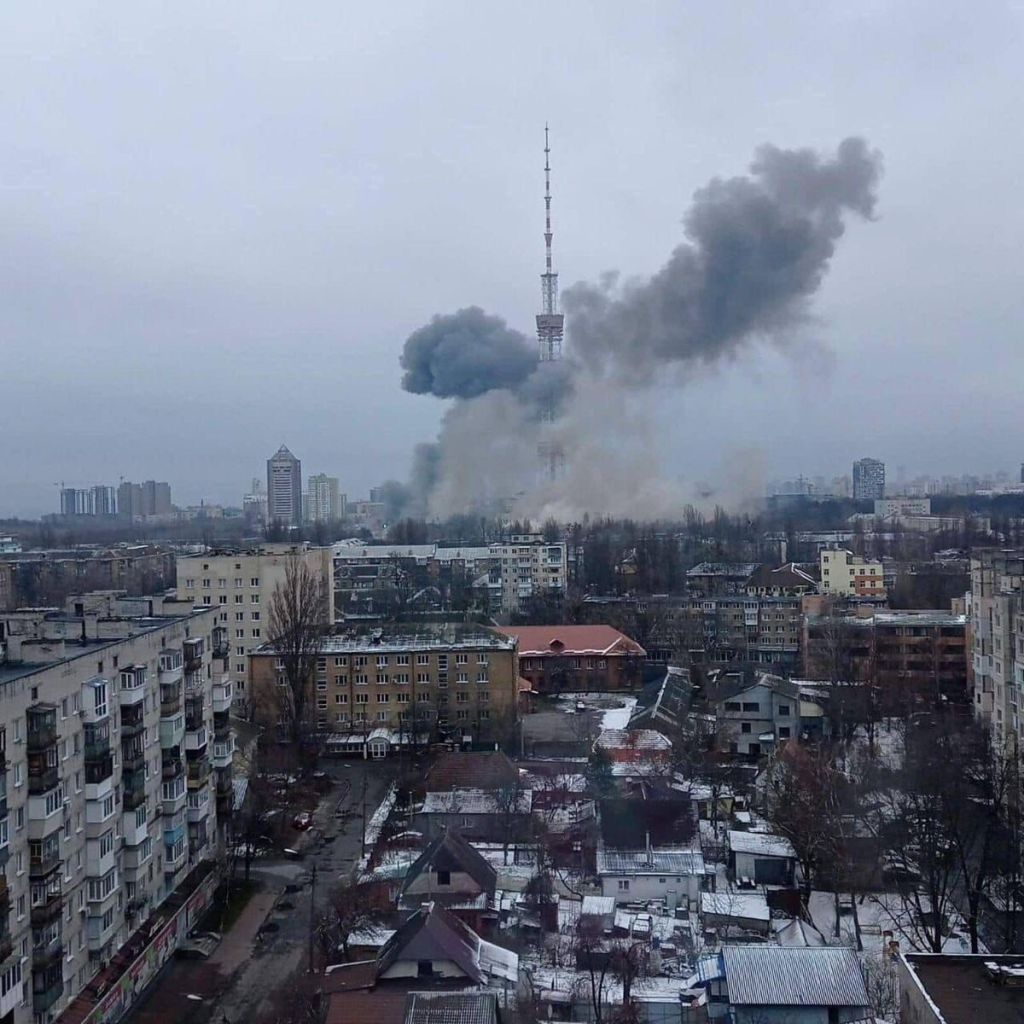
Without these systems, Russian artillery has to fire more blindly, wasting ammunition and decreasing accuracy. For Ukraine, every radar destroyed lessens the threat to their own artillerymen and increases survivability of its guns.
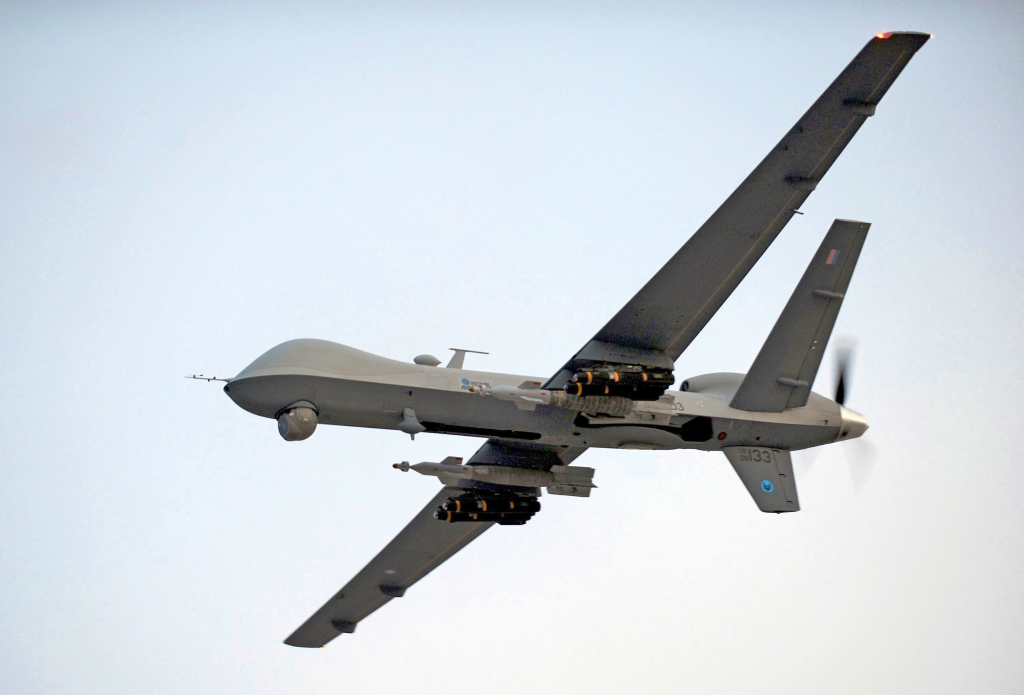
7. Lessons for Modern Warfare
The war in Ukraine using radar provides lessons well beyond the conflict itself. It demonstrates the susceptibility of high‑value, high‑signature platforms in an age of ubiquitous drones and precision weapons. It reveals how combining reconnaissance, electronic detection, and assured strike capabilities can nullify even the most sophisticated adversary assets.
It also emphasizes mobility, camouflage, and emission management in the use of such systems. The Yastreb‑AV’s short lifespan illustrated that, in contemporary warfare, the time gap between detection and annihilation can be counted in minutes.
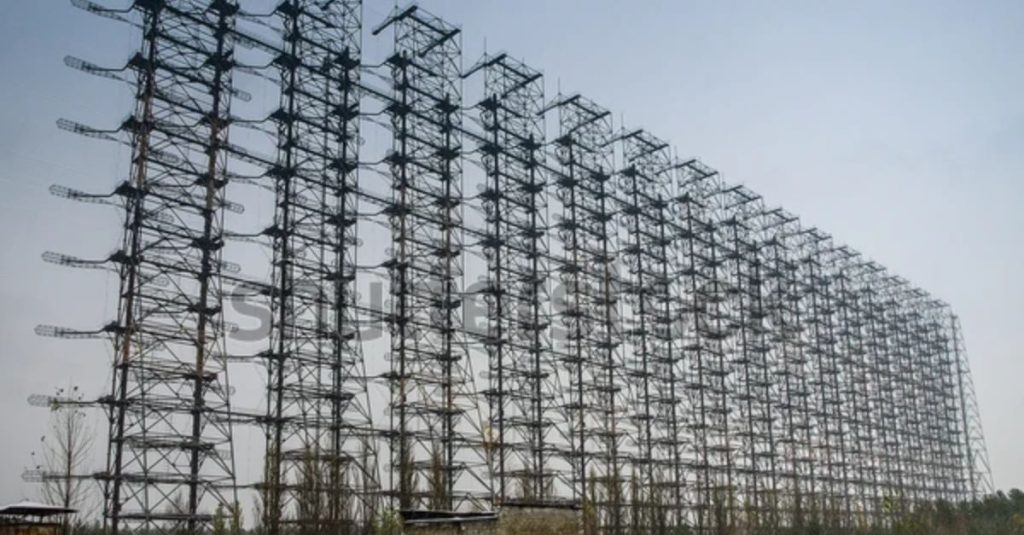
Russia’s radar losses in Ukraine are more than war stories on the battlefield they are studies in how offense and defense are balancing in modern warfare. The loss of the Yastreb‑AV within hours of its deployment was a sharp reminder that superior technology cannot assure survival. With sensors, drones, and precision-guided munitions filling every corner of a battlespace, the upper hand goes to those who can conceal, stalk, and strike more quickly than their opponent.
